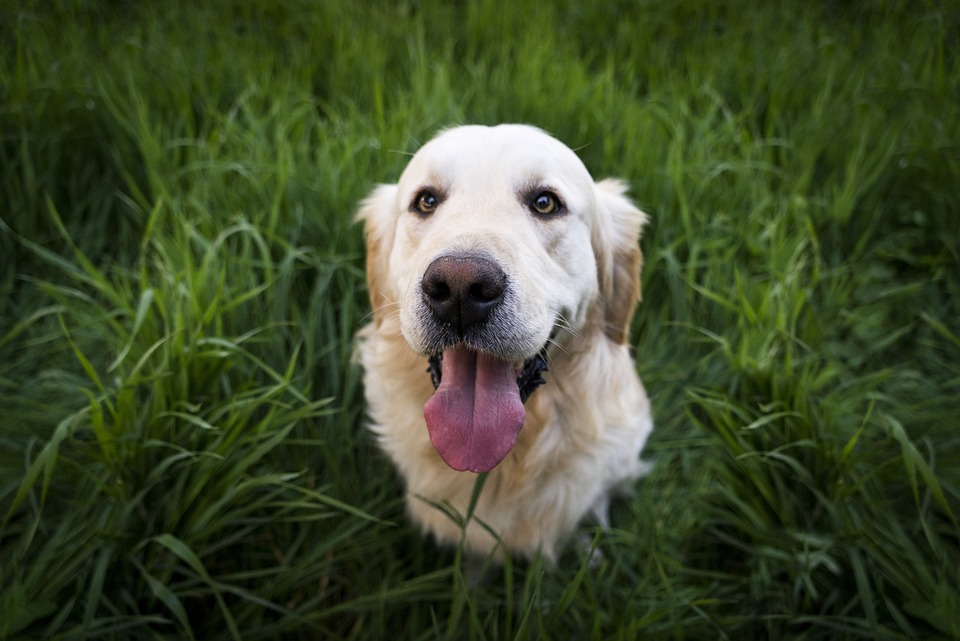Teaching your dog to wait for their food is an essential aspect of their training and development. Not only does it help them develop patience and good manners, but it also enhances mealtime safety and prevents food aggression. In this step-by-step guide, we will walk you through the process of teaching your canine friend to wait for their food, ensuring a calm and controlled mealtime experience.
**Step 1: Lay the Foundation with Basic Commands**
Before you can teach your dog to wait for their food, it is important to establish a reliable “sit” command. This command serves as the foundation for their patience during mealtime. Use positive reinforcement techniques such as treats and praise to reinforce the command, gradually increasing the duration of the sit command.
Once your dog has mastered the sit command, you can introduce the “stay” command. Building on the sit command, teach your dog to stay in place while you move away. Again, use treats and rewards to reinforce the desired behavior and gradually increase the duration and distance of the stay command.
**Step 2: Introducing the Concept of Waiting for Food**
To prepare your dog for mealtime, create a consistent feeding routine. Establish a designated feeding area where your dog can focus on the task at hand. Ensure that your dog is calm and relaxed before feeding, as this will set the tone for their behavior during mealtime.
Next, initiate the waiting game. Hold your dog’s food bowl and ask them to sit and stay before placing the bowl on the ground. Gradually increase the wait time before releasing your dog to eat. Use verbal cues such as “wait” or “okay” to signal when they can start eating.
**Step 3: Reinforcing Patience and Good Behavior**
Reward your dog’s patience with praise, treats, or a release command. Positive reinforcement is key to motivating and strengthening the behavior of waiting for their food. Be consistent and repetitive in rewarding good waiting behavior to reinforce the desired outcome.
Address common challenges that may arise during training. If your dog displays initial impatience or jumps during mealtime, use redirection techniques and reinforce the wait command. If your dog breaks the wait command, calmly reset and restart the training process. Troubleshoot potential setbacks by identifying any inconsistencies in your training routine and adjusting accordingly.
**FAQs (Frequently Asked Questions)**
1. How long does it typically take to train a dog to wait for their food?
The duration of training can vary depending on the individual dog. Consistency and patience are key. It may take a few weeks or even months for your dog to fully grasp the concept.
2. Can this training method be applied to dogs of all ages?
Yes, dogs of all ages can be trained to wait for their food. However, it may take more time and patience with older dogs who have established habits.
3. What if my dog becomes anxious or overly excited during mealtime?
If your dog becomes anxious or overly excited during mealtime, try implementing relaxation techniques before feeding. This can include a short walk or some calming exercises to help them relax and focus.
4. Is it necessary to use treats as rewards, or are verbal cues enough?
While verbal cues are important, treats can be a valuable tool in reinforcing the desired behavior. They provide an immediate reward that helps your dog associate waiting with positive outcomes.
5. How can I prevent my dog from begging for food while waiting?
To prevent begging, be consistent in your training and avoid rewarding your dog’s begging behavior. Reinforce the wait command and only release your dog to eat when they are calm and patient.
6. Should I consult a professional dog trainer for assistance?
If you are experiencing difficulties or feel unsure about the training process, it can be beneficial to consult a professional dog trainer. They can provide guidance and personalized advice to ensure successful training.
**Conclusion**
Teaching your dog to wait for their food is a valuable skill that enhances their patience and good manners. It also promotes mealtime safety and prevents food aggression. By following the step-by-step guide and incorporating patience, consistency, and positive reinforcement, you can successfully train your dog to wait for their food, creating a calm and controlled mealtime experience.









